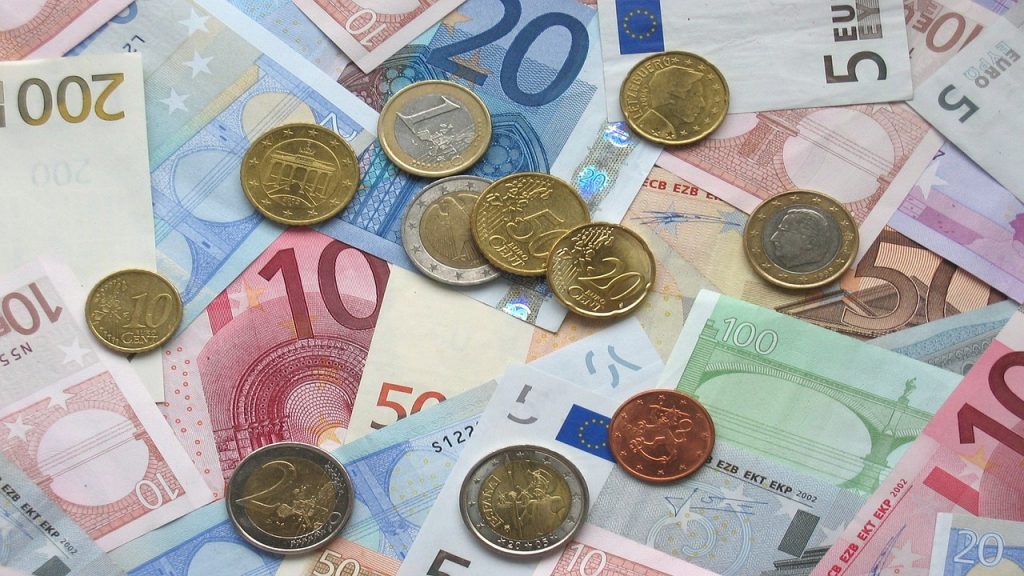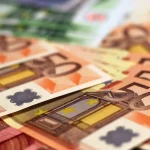Pay in kunas, get euros back. At least this is how the first two weeks in Croatia would look after the introduction of the Euro on January 1, 2023, reports Poslovni Dnevnik. The objective is to stop the circulation of what would be the old Croatian currency at that time and to start the circulation of the euro. To provide more information and details, RTL Direkt interviewed CNB Governor Boris Vujčić, who in addition to the introduction of the euro, also talks about inflation and tacit minuses.
Why is the Minister of Finance so tough about not lowering VAT, couldn’t the introduction of the euro be used to reduce it?
You have to ask him about VAT. As for inflation, I would say that a good part of inflation really comes from food especially now in the summer while in the first half of the year most of the inflation came from rising energy prices. At the moment, about half of the rise in inflation is energy, and now in the summer, food, vegetables and fruits are practically poor due to partly weather conditions.
Aren’t you afraid of rising inflation? In the US it is somewhere around 6 percent…
The US has a higher inflation rate, but the economy is overheated there, they also have strong fiscal stimuli that are stronger than European ones and I do not see that at this time such an inflation rate could happen in Croatia, we expect that year-round inflation rate to be 2.2 percent. This is, in principle, the goal of the European Central Bank, so we should not be concerned about that. The problem is if there is a change in expectations, wage growth, but we do not see that at the moment. A significant part of that inflation comes from the fact that the so-called supply chains in the world at this time were disrupted. The Crown has disrupted all that, now you have continents where there are a lot of containers, some countries where you don’t have them. You have a situation that road traffic, air travel, is still at a very low level and everything that flew with passengers on airplanes cannot fly… Then companies formed very large stocks that they never had and that logistically present a problem, say in the car industry you have full car parks that you can’t reach at the moment. It all takes some time to clear up and get back to what we had in 2019, one good mechanism, and then prices will slowly start to fall. I would say it won’t happen in the next 6 months.
Especially rising real estate prices. Housing squares are not in the inflation basket?
They are not. I am in favor of having these prices in the basket and what the European Central Bank, where we are going now, has done, and what will be the standard… that these prices will also start to be included in the basket, however, this will only be through two, three years. At the moment we have only the so-called implicit prices through rents and they do not reflect the fact that real estate prices have risen significantly, and they have risen because there is a lot of liquidity, a lot of money, part of which flows into the real estate sector. For example, interest rates that are at zero, or in the countries around us in the eurozone are even negative on deposits of citizens – some of these citizens take money from banks and carry and buy real estate, which inflates real estate prices.
Aren’t you afraid that we will enter the eurozone just when euro inflation starts?
I wouldn’t say. I don’t see it as a danger. I do not see the inflation we measure through the consumer basket as a medium-term danger when we enter the eurozone, but I see the risks arising from these prices that we see at the moment in the bond market, real estate where much money has flowed and even cryptocurrencies. That bubble can always burst, as you know, financial crises arise, but it can blow out easily, prices can stabilize, which will depend on a lot of things, in my opinion, there is primarily a risk. Not these consumer prices.
What do you think would be the best advice for citizens?
Since I do not see any great risk from inflation itself, then I do not think that it should not be insured by investing in those types of assets for which the price is already too high, said Vujčić.
The Governor on the introduction of the euro
How many kuna, physical, banknotes are in circulation?
You have a billion and one hundred million coins and about half a billion of paper money. It is a demanding logistical operation, it all needs to be pulled.
What will it look like? I go to the store, I pay in kunas, the change is returned to me in euros?
That’s right. Until 01.01. is HRK, from 01.01. is either kuna or euro for two weeks, after that it is only euro, with the proviso that when you pay in those two weeks, you pay in kuna, the euro is returned to you. And we collect all the kuna.
And then what about them? Are they going somewhere to catch fire?
Coins are a bigger problem. I already said it’s like 120 ZET trams. We have to store and store it somewhere, because it is money for another three years, as long as it changes. As long as they change, they are money. We agreed with the Croatian Army…
Are you building a safe somewhere?
We will build a safe, but at the same time, we agreed with the Croatian Army. It’s really all together logistically difficult.
For more, make sure to check out our dedicated business section.











